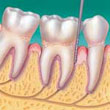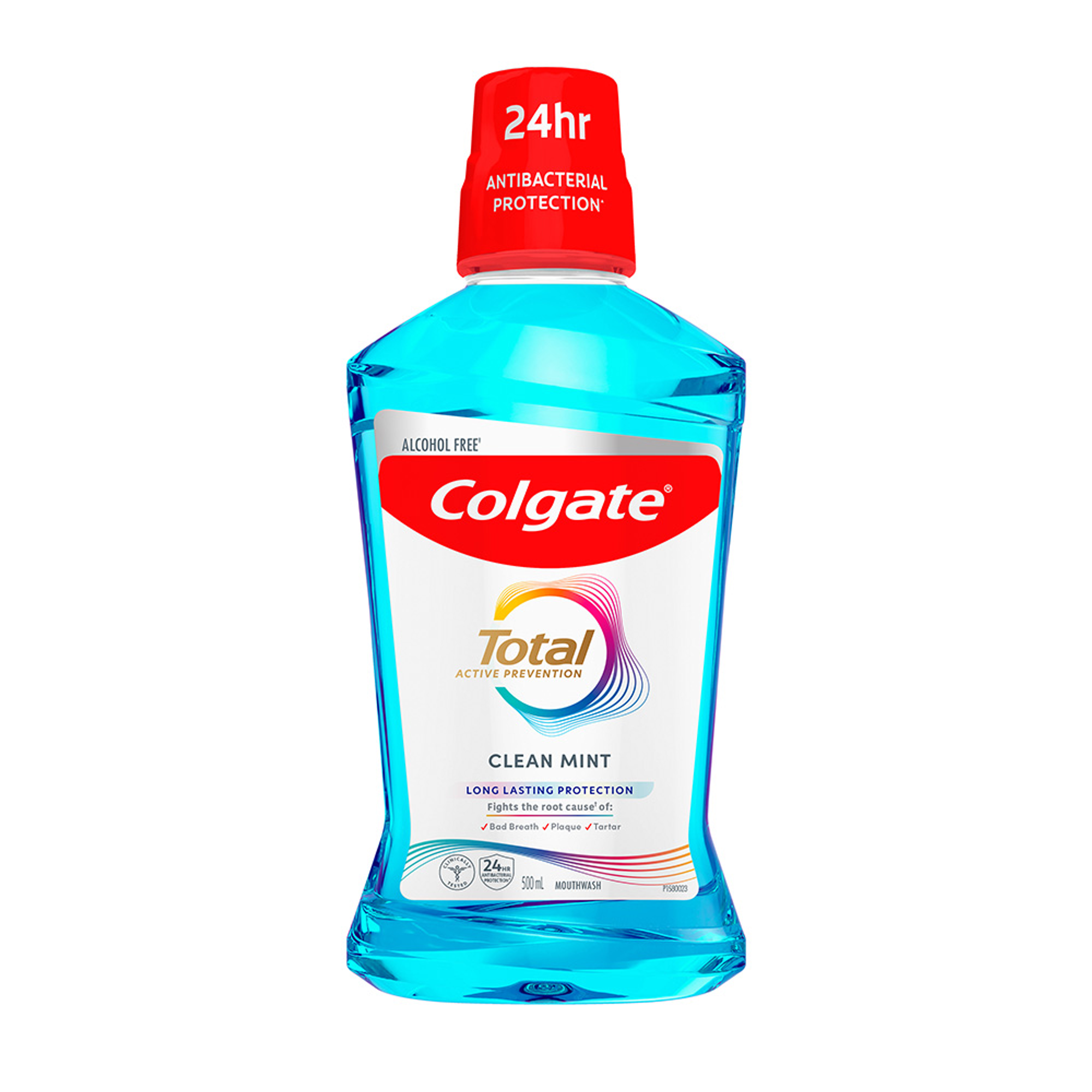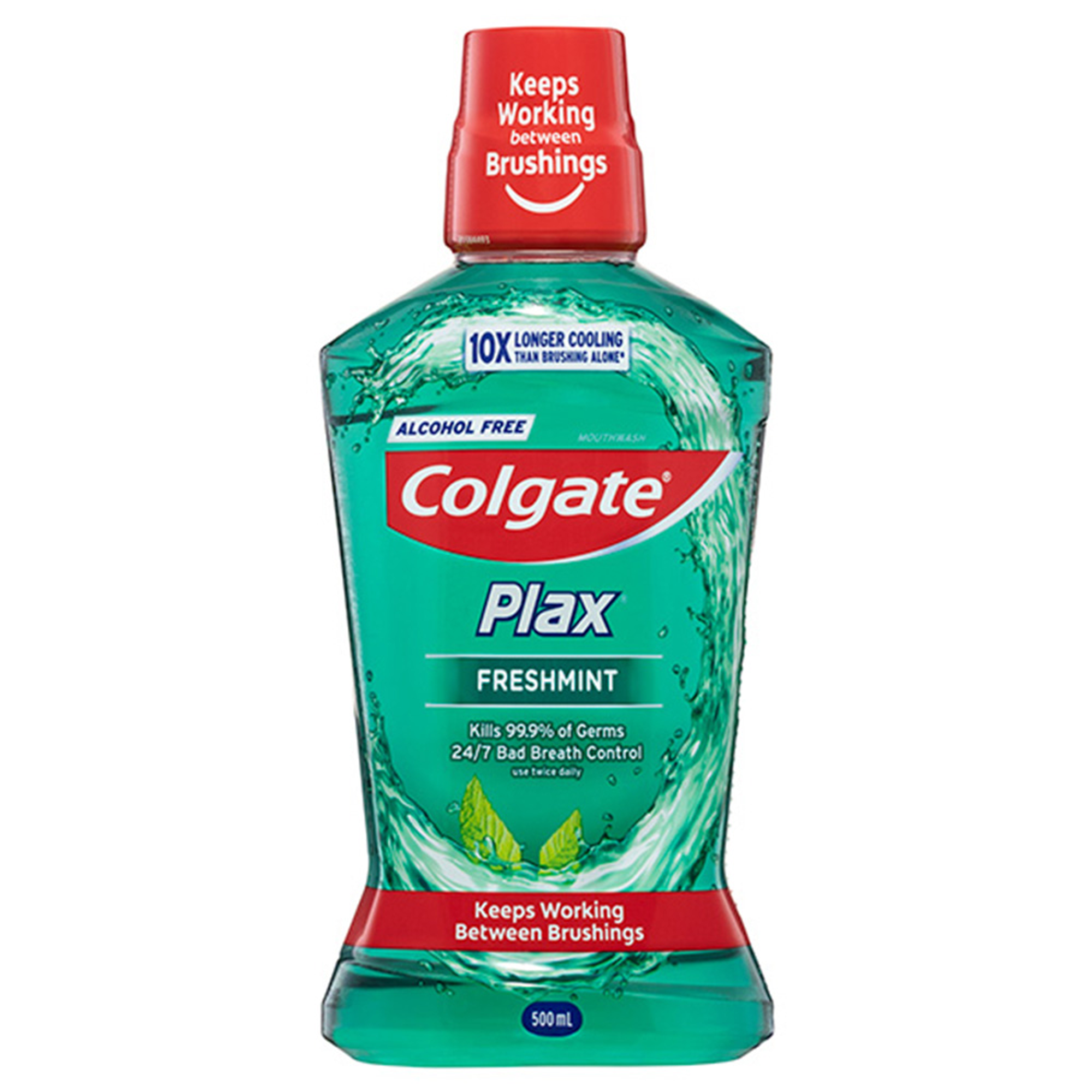
What is Gum Disease?
Gum disease is an inflammation of the gums that can progress to affect the bone that surrounds and supports your teeth. It is caused by the bacteria in plaque that constantly forms on your teeth. This bacteria contains toxins and if not removed ( through daily tooth brushing and flossing) the bacteria can irritate and inflame the gums. The gum tissue will then begin to pull away from the teeth, if the disease progresses the gum tissue and bone that support the teeth is destroyed over time. This can cause teeth to become loose, fall out or have to be removed by a dentist.
There are two main stages of gum disease:
Gingivitis: this is the earliest stage of gum disease. It is, an inflammation of the gums caused by plaque buildup at the gumline. If daily brushing and flossing do not remove the plaque, it produces toxins (poisons) that can irritate the gum tissue, causing gingivitis. You may notice some bleeding during brushing and flossing. At this early stage of gum disease, damage can be reversed, since the bone and fibres that hold the teeth in place are not yet affected.
Periodontitis: at this stage, the supporting bone and fibres that hold your teeth in place are irreversibly damaged. Your gums may begin to form a pocket below the gumline, which traps food and plaque. Proper dental treatment and improved home care can usually help prevent further damage. If left though, the disease can worsen (Advanced Periodontitis). In this final stage of gum disease, the fibres and bone supporting your teeth are destroyed, which can cause your teeth to shift and loosen and in some cases they will need to be removed.
How do I Know if I Have Gum Disease?
Gum disease can occur at any age, but it is most common among adults. If detected in its early stages, gum disease can be improved so see your dental professional if you notice any of the following symptoms:
Gums that are red, puffy or swollen, or tender
Gums that bleed during brushing or flossing
Teeth that look longer because your gums have receded
Gums that have separated, or pulled away, from your teeth, creating a pocket
Changes in the way your teeth fit together when you bite
Pus coming from between your teeth and gums
Constant bad breath or a bad taste in your mouth
How is Gum Disease Treated?
The treatment for gum disease will depend on how far the disease has progressed, and how well your body responds to the treatment.
The early stages of gum disease ( gingivitis) can be reversed by improving your oral hygiene regime. Your dental professional can also clean or "scale" your teeth to remove the tartar above and below the gumline. A professional cleaning is the only way to remove plaque that has built up and hardened into tartar.
If your condition is more advanced , a deeper scaling and root planing procedure may be performed. Root planing helps to remove tartar and plaque, and smooth irregularities on the roots of the teeth, making it more difficult for plaque to deposit there. This type of treatment may be done over several appointments. In some cases surgery is required.
By scheduling regular checkups, early stage gum disease can be treated before it leads to a much more serious condition.
 | Healthy Gums - healthy gums are firm and don't bleed. They fit snugly around the teeth. |
 | Gingivitis - gums are mildly inflamed, may appear red or swollen and may bleed during brushing. |
 | Periodontitis - gums begin to separate and recede from the teeth. This allows plaque to move toward the roots, supporting fibers and bone. |
 | Advanced Periodontitis - supporting fibers and bone are destroyed. Teeth become loose and may need to be removed. |
Join us
Get resources, products and helpful information to give your patients a healthier future.
Join us
Get resources, products and helpful information to give your patients a healthier future.











